
In Russia, in addition to Moscow, there are the so-called “northern” and “southern” capitals. While no one has any doubts about the first one being the beautiful city of St. Petersburg, there is no consensus about the second one. Several cities compete for the honorary title. Nevertheless, most are still inclined to give first place to Rostov-on-Don.
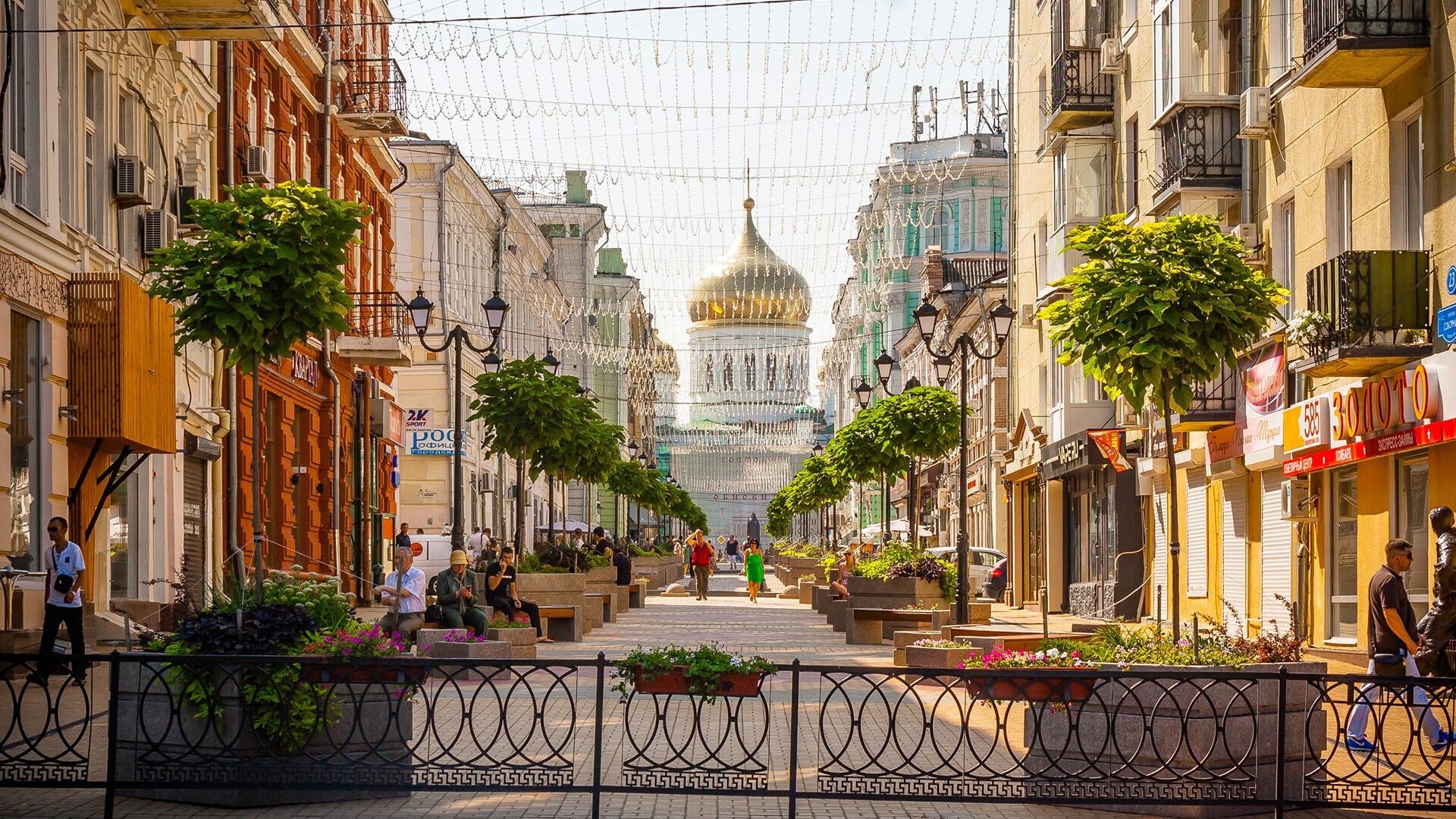
The city is located on the banks of the Don River, forty kilometers away from the Sea of Azov. Today, it has a population of over one million and a hundred thousand people (surpassing its nearest competitors - Sochi and Krasnodar). In addition, since 2000, Rostov-on-Don is the administrative center of the Southern Federal District (the entire country is divided into eight federal districts), which includes three republics, three regions, the Krasnodar Territory, as well as the city of federal significance Sevastopol.
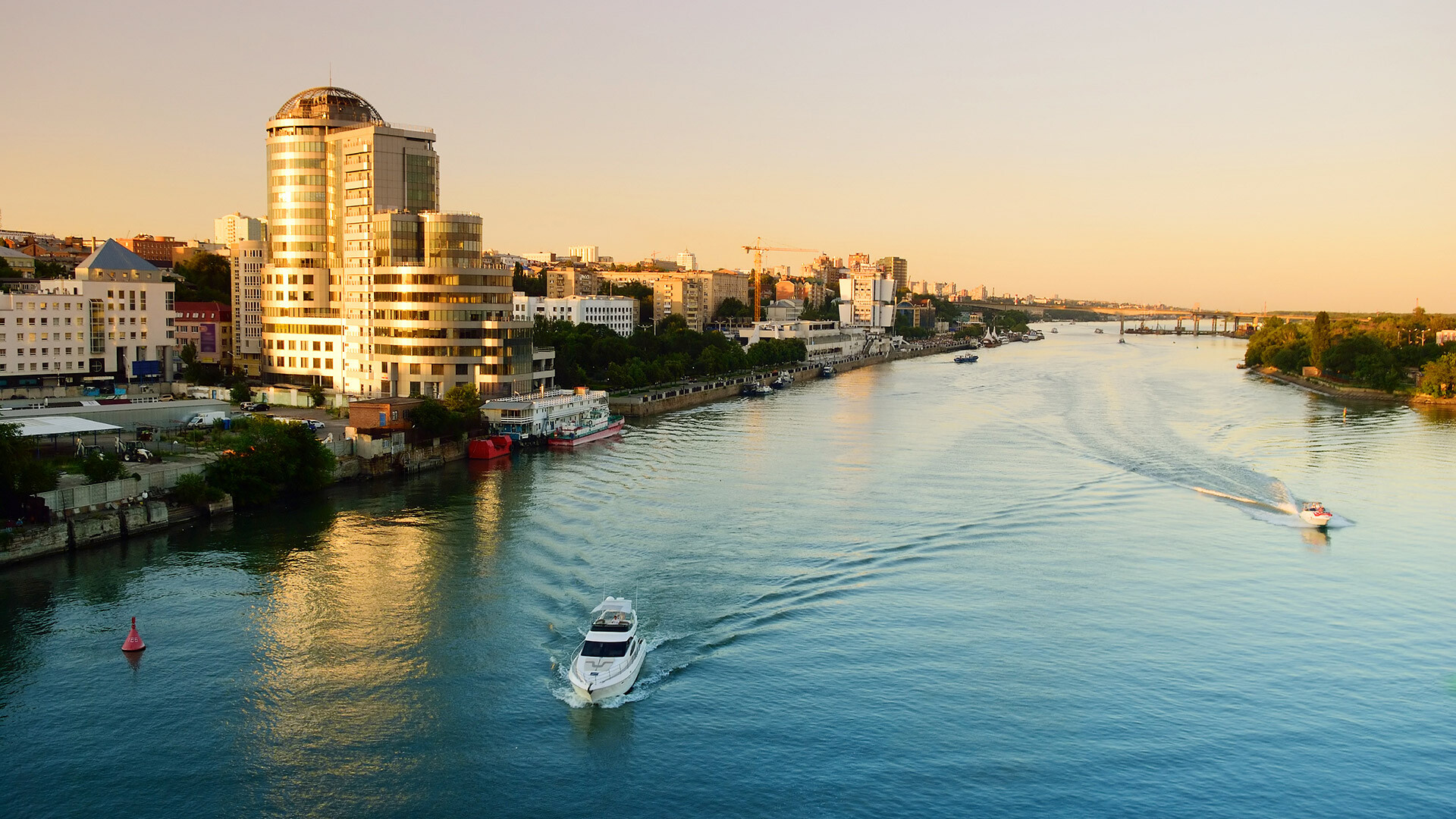
The history of Rostov-on-Don, which today is a large and rapidly developing megalopolis, began with a small border customs house established on the border of the Russian Empire by a decree of Empress Elizaveta Petrovna in 1749. Twelve years later, a fortress named in honor of St. Demetrius of Rostov began to be built there.
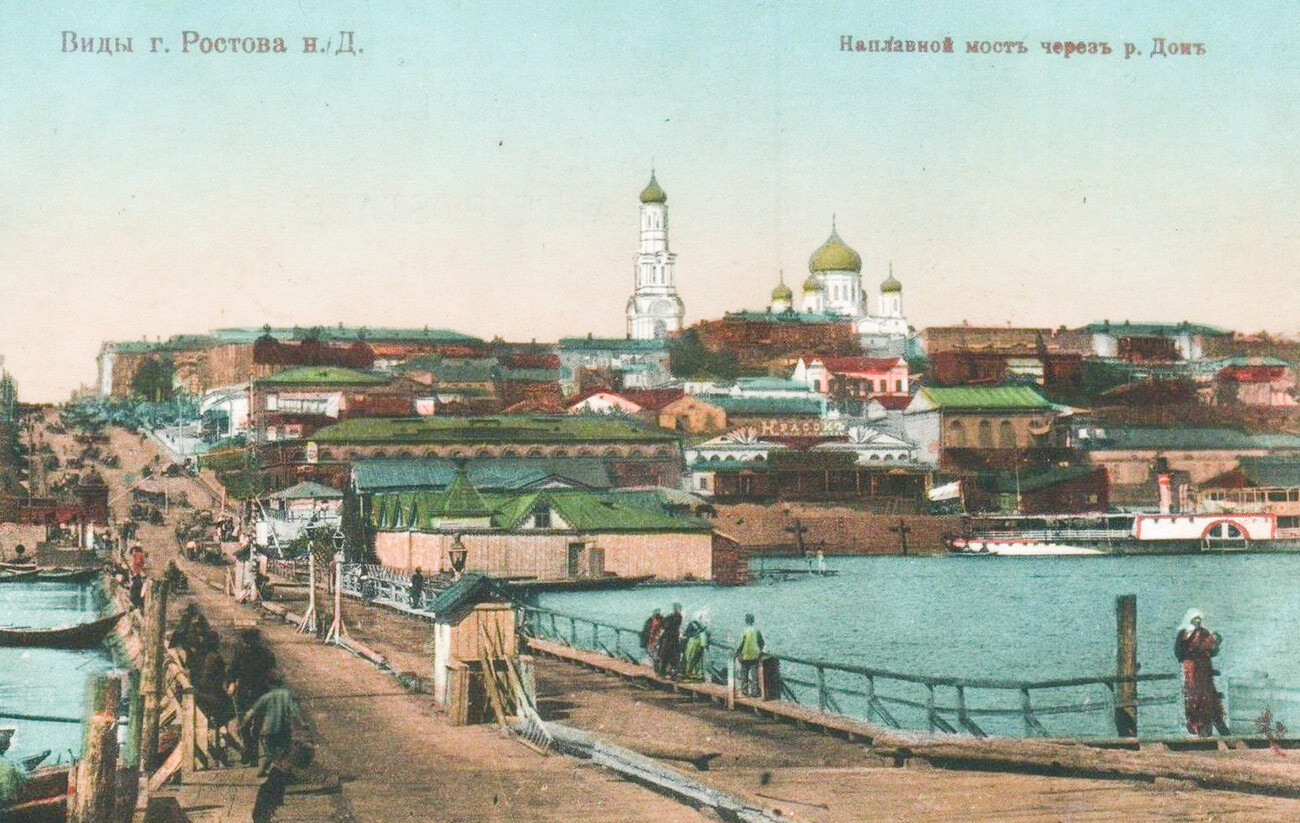
Rostov-on-Don before 1917.
Public DomainThe total length of the fortifications of the star-shaped fortress was 3.5 kilometers. At different times, the best commanders in Russian history were stationed there: Generalissimo Alexander Suvorov, who never lost a single battle, as well as the unbeatable naval commander Fyodor Ushakov. The fortress itself, however, was never involved in any military action.
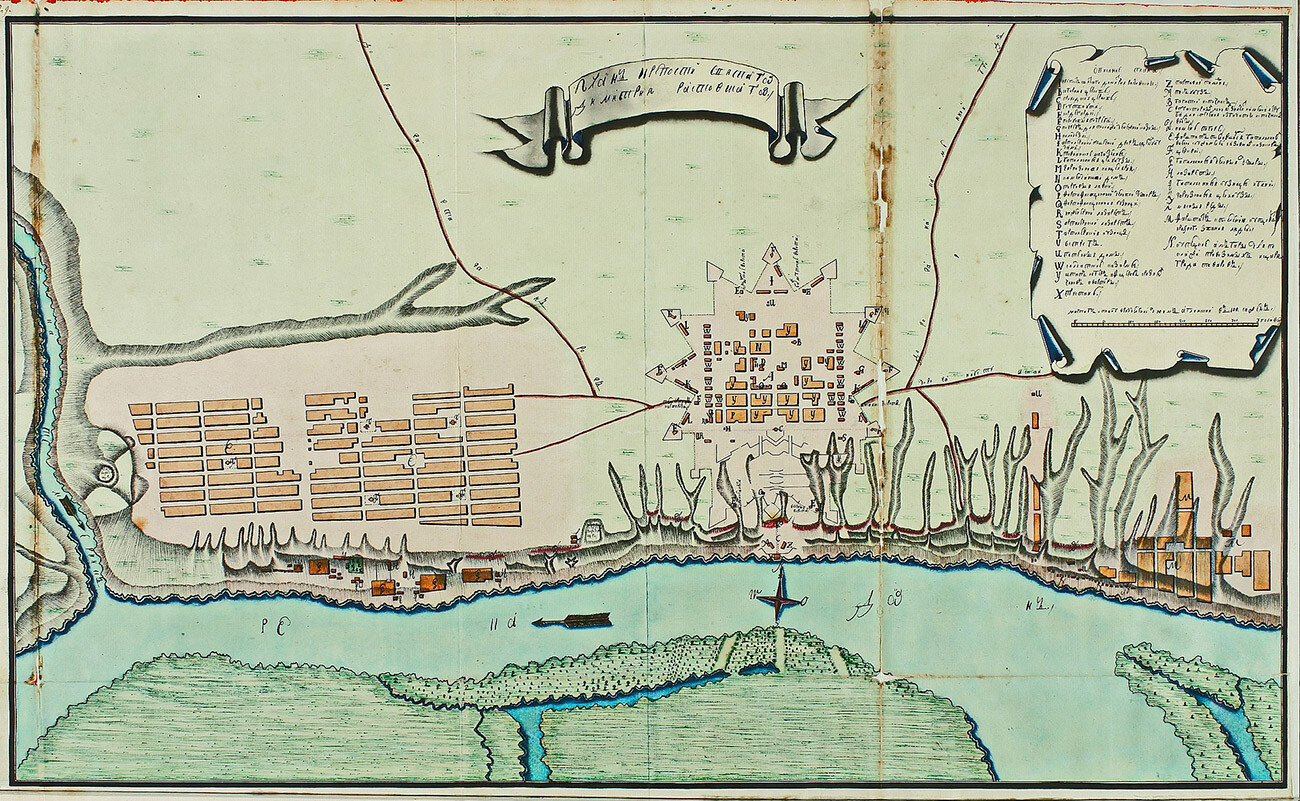
Map of the fortress named in honor of St. Demetrius of Rostov, 1768.
Public DomainBy the beginning of the 19th century, a whole city had risen around the fortress, which people began to call Rostov. However, because of the confusion with the ancient city Rostov the Great, located in the north of Russia, an additional “on the Don” was added to the name of the southern city.
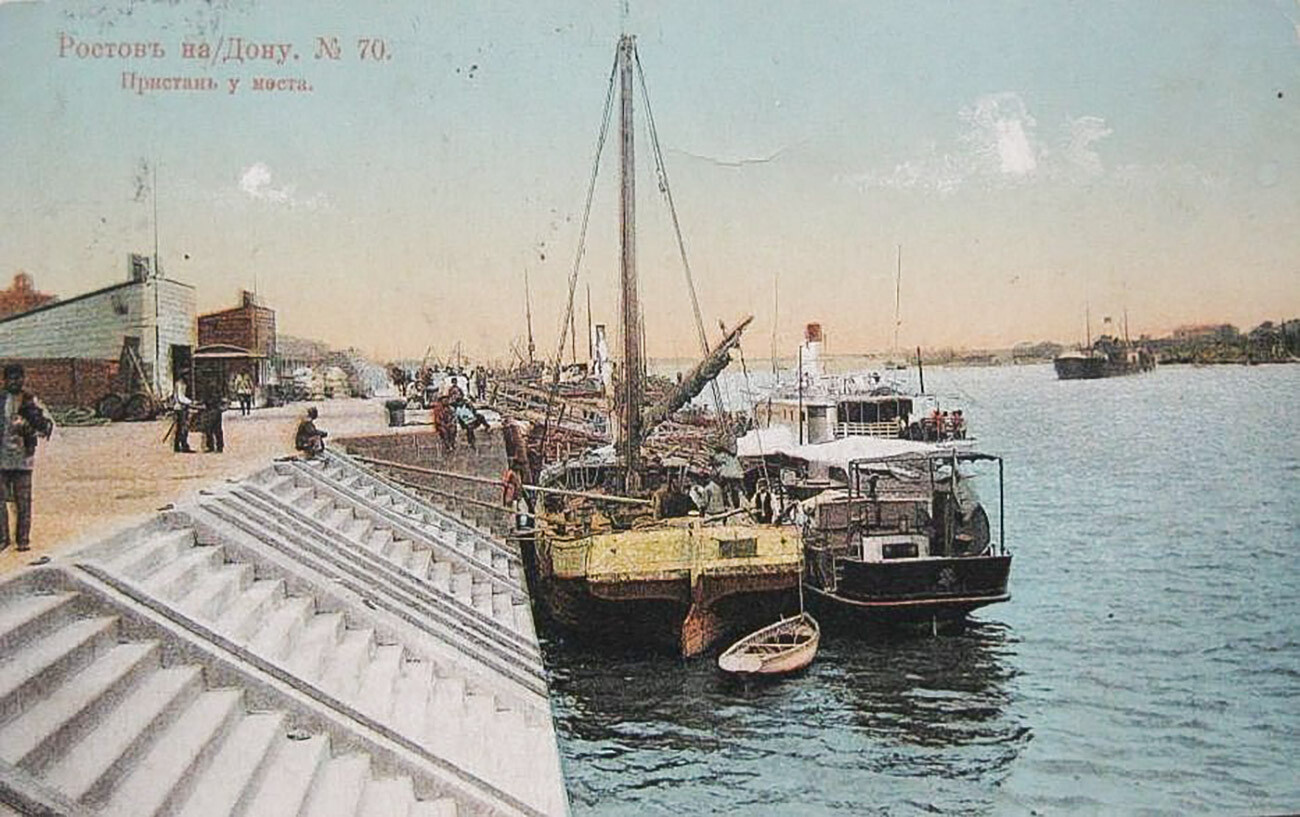
Dock in Rostov-on-Don.
Public DomainMost of the roads leading to the southern regions of the empire passed through Rostov-on-Don. In 1875, the largest railway station in the region was opened there, which was known as the ‘Gates of the Caucasus’. Soon the city itself began to be called by that name.
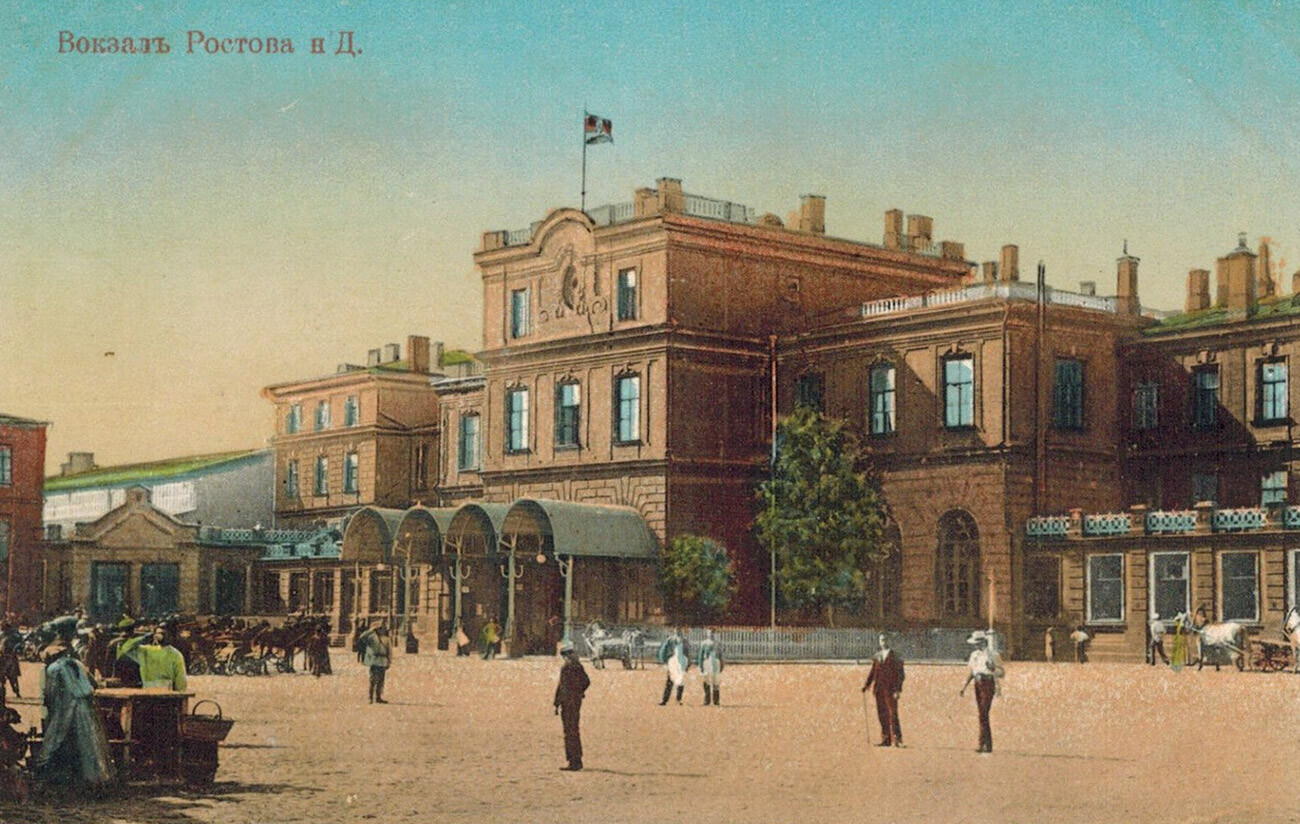
Railway station in Rostov-on-Don.
Public DomainAt the beginning of the 20th century, Rostov-on-Don was also called the ‘Russian Chicago’, because, by that time, it had become one of the leading industrial centers of the Russian Empire. About 140 enterprises operated in the city, a third of which were owned by foreign capital.
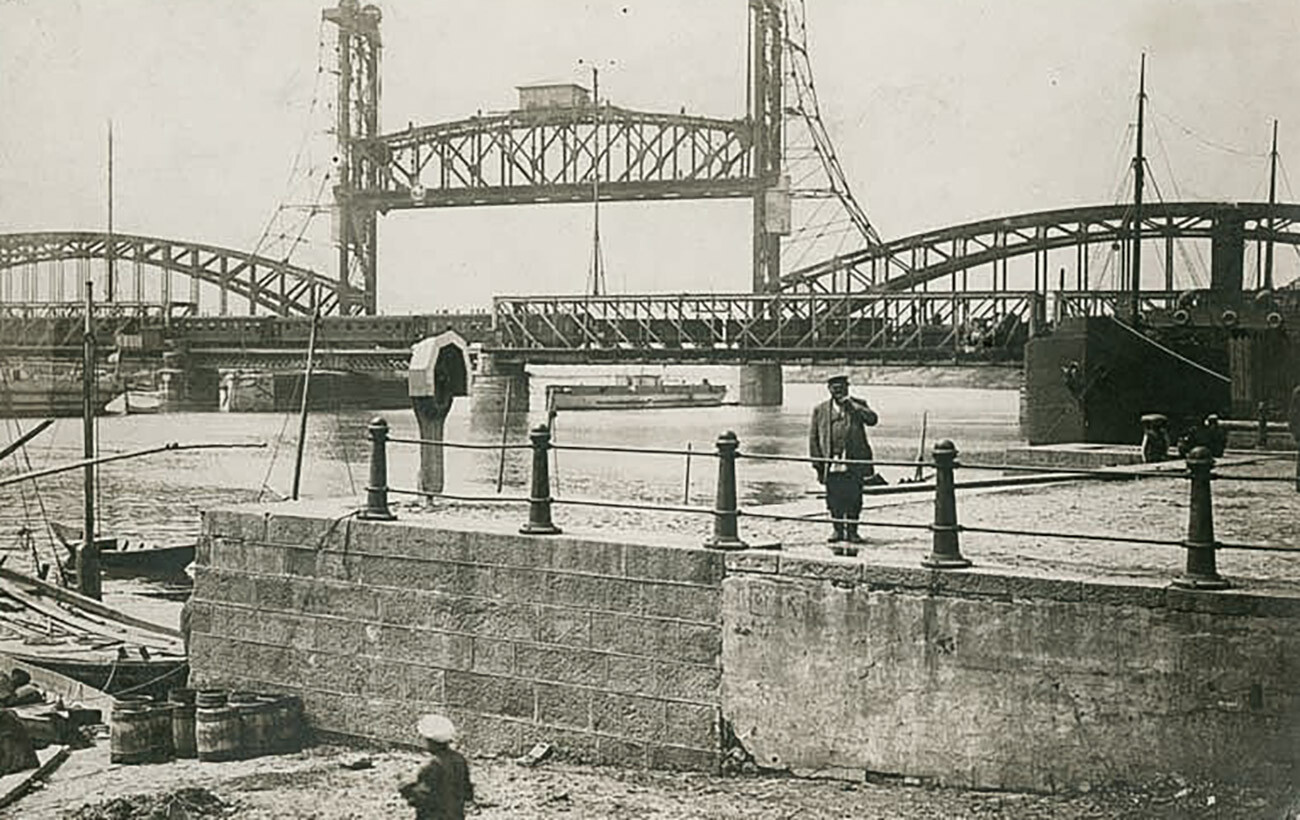
First rail bridge in the city.
Public DomainAll these achievements were destroyed by the civil war that broke out in Russia in 1917. For a long time during the bloody conflict, Rostov-on-Don served as one of the main strongholds of the White Army. Only in early 1920 was the city captured by the Red Army.
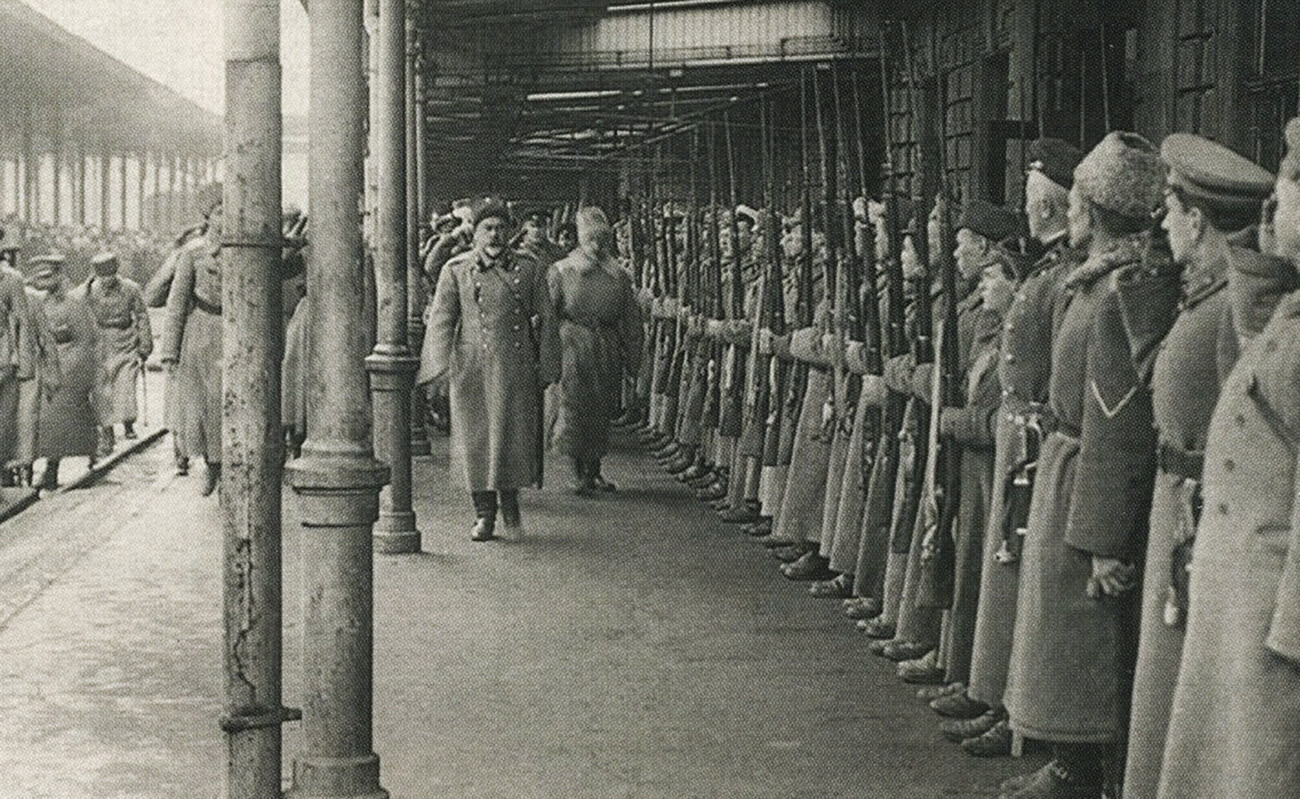
White general Anton Denikin arrives in Ristov-on-Don, 1919.
Public DomainDuring World War II, Rostov-on-Don changed hands several times. On November 21, 1941, it was occupied by units of the German 1st Tank Army, but, on November 29, Soviet troops knocked the enemy out of the city. It was the first major victory of the Red Army in the war.
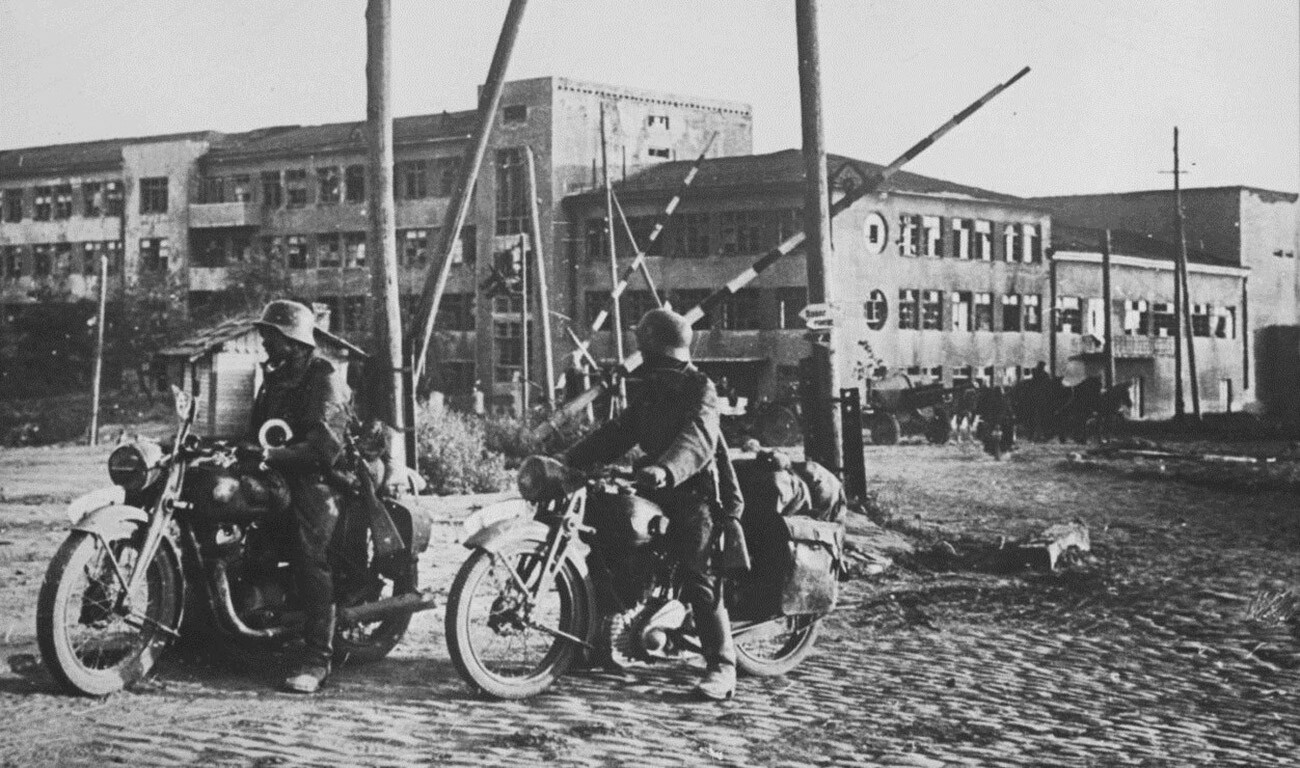
German troops in the captured city.
Public DomainAfter the disastrous failure of the Soviet offensive at Kharkiv in May 1942, the Wehrmacht launched a major offensive in the direction of the Don, the Volga and the Caucasus, retaking the city on July 24. The final liberation of Rostov-on-Don occurred only after the triumph of Soviet forces at Stalingrad on February 14, 1943.
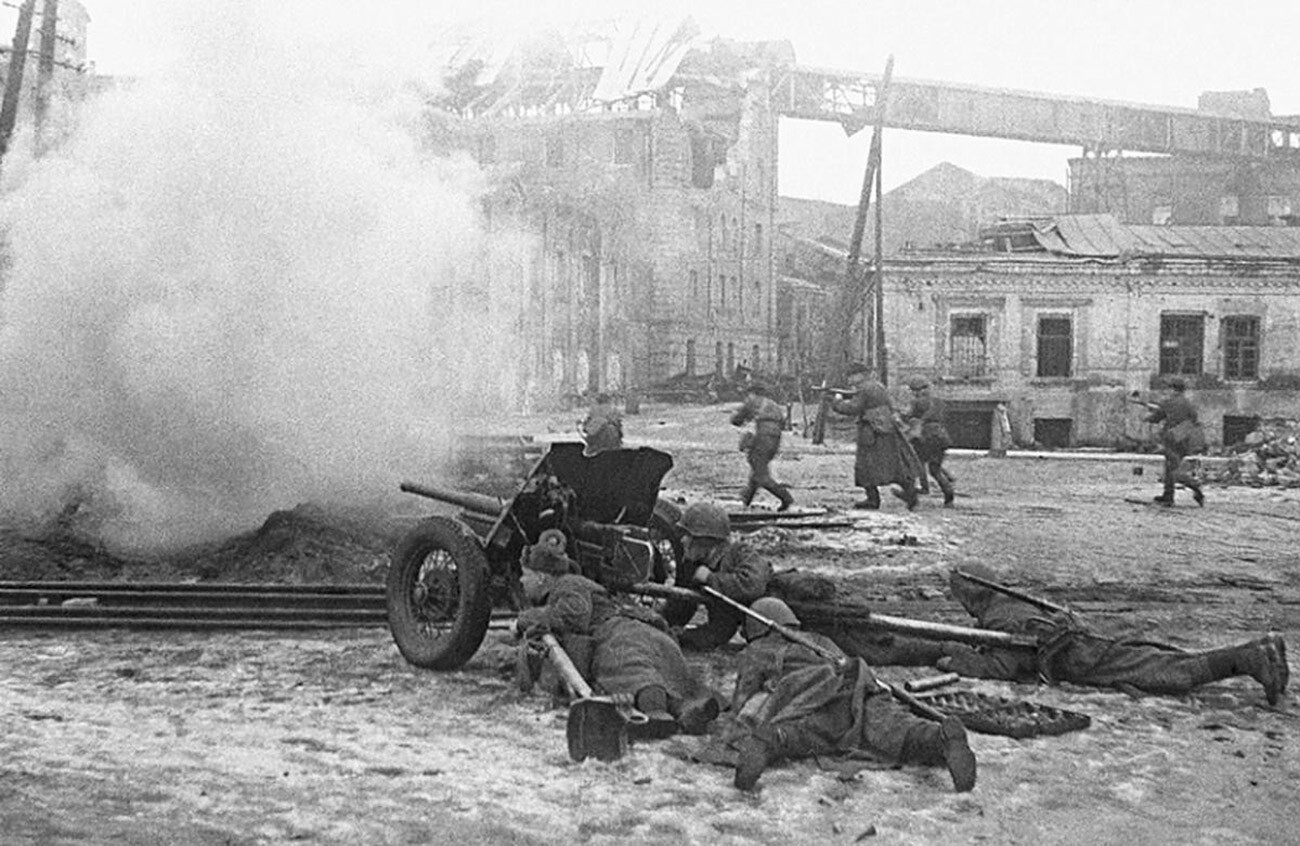
Liberation of Rostov-on-Don in 1943.
Public DomainIf using any of Russia Beyond's content, partly or in full, always provide an active hyperlink to the original material.
Subscribe
to our newsletter!
Get the week's best stories straight to your inbox